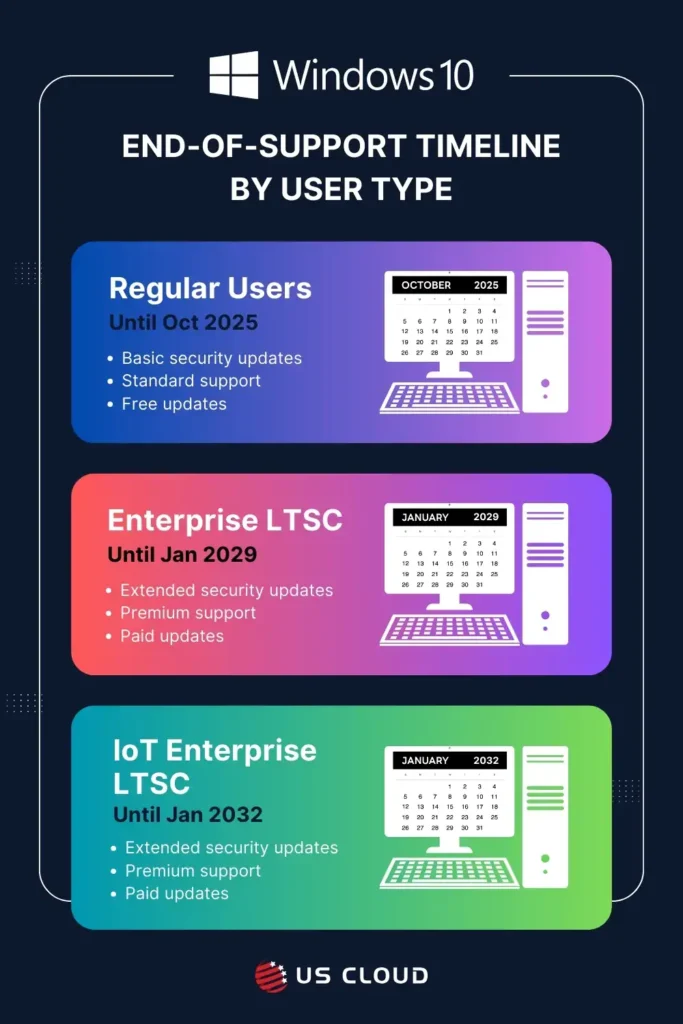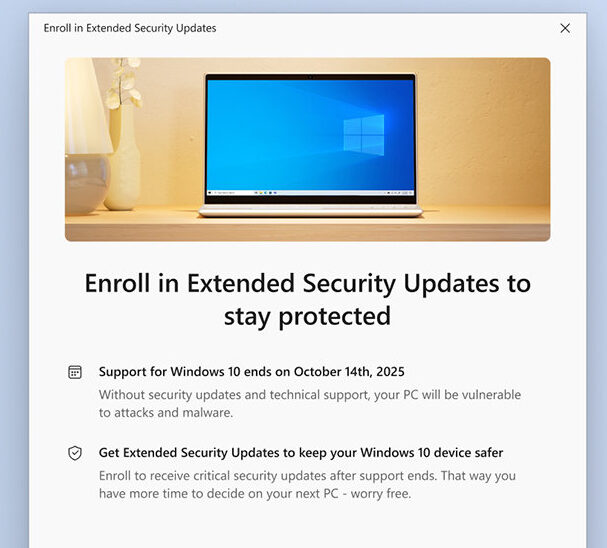After ten years, Microsoft is officially ending support for Windows 10 on October 14, 2025. That means no more security updates or bug fixes. The system will still work, but it’ll become more vulnerable to cyber threats over time.
A Quick Look Back
Windows 10 launched on July 29, 2015, and was a breath of fresh air after the widely disliked Windows 8. Many joked that Windows 8 was so bad, Microsoft skipped straight to Windows 10. But the real reason? Microsoft wanted to signal a bold new direction. Terry Myerson, a former Microsoft executive, said the name reflected a major shift in their approach.
Windows 10 was the first operating system to unify laptops, desktops, tablets, and smartphones. It introduced a cleaner interface, app tiles, and a revamped Start menu. The response was huge, 38% of users adopted it within the first year. Even now, in 2025, more people use Windows 7 than Windows 8.
Enter Windows 11: Smarter, Simpler, AI-Powered
Windows 11 didn’t get the same buzz as Windows 10, but it’s a game-changer. It’s the first Microsoft OS to fully integrate generative AI. With built-in tools like Co-Pilot, users can automate tasks, boost creativity, and streamline workflows.
- Teachers and students benefit from AI-enhanced learning tools.
- Office workers can offload admin tasks to their AI assistant.
- Everyone gets a cleaner, more intuitive experience.
Windows 11 also fixes common complaints:
- A redesigned File Explorer keeps files and folders together.
- Seamless integration with smartphones (even iPhones).
- Built-in tools like screen recording – no more third-party apps.

Adoption Trends
Cutting-edge companies jumped on Windows 11 early. But smaller businesses, schools, and government agencies have been slower to upgrade. As of August 2025:
- 49% of Microsoft users are on Windows 11.
- 45% are still using Windows 10.
Why You Should Upgrade Now
Once support ends, Windows 10 becomes a security risk. Without updates, it’s more exposed to malware, ransomware, and other cyberattacks. Plus, using outdated software can lead to legal and compliance issues, especially if sensitive data is involved.
How to Upgrade
Simply go into your device settings and update your operating system. Want to update in bulk? We’ve got your back.


